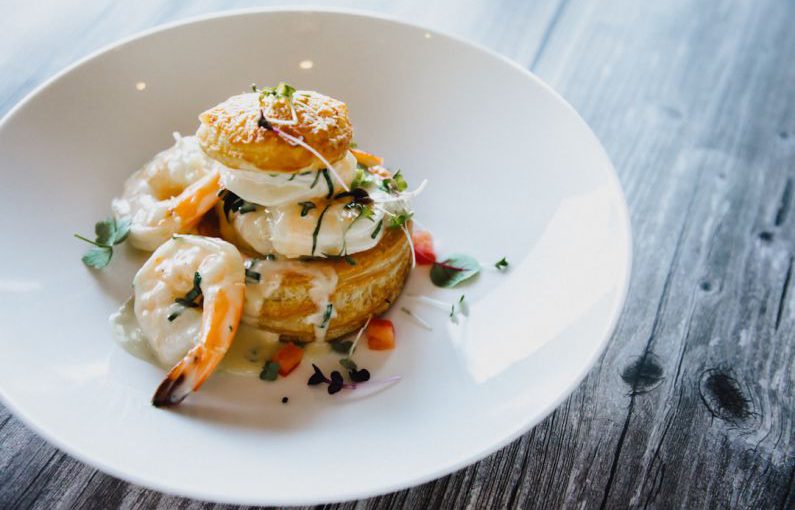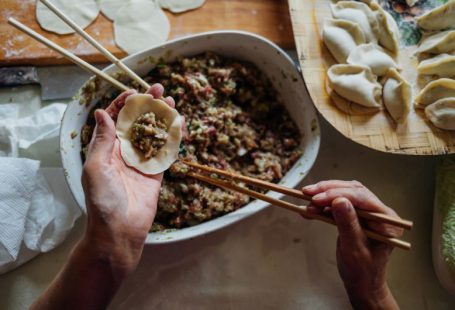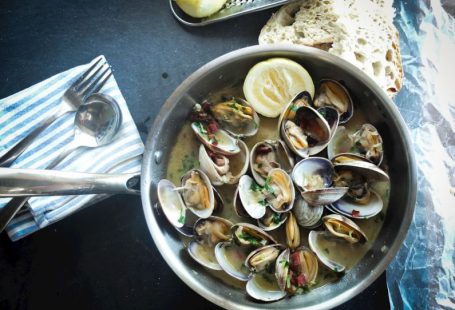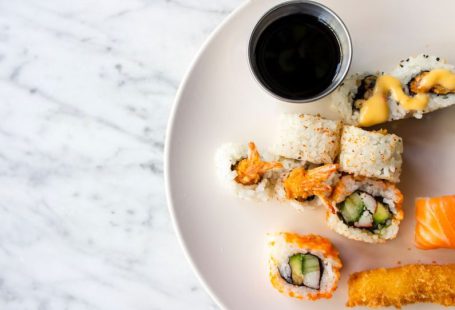The culinary world owes much of its refined techniques and exquisite flavors to the legendary figure of Auguste Escoffier, the pioneer of classical French cuisine. Known as the “king of chefs and the chef of kings,” Escoffier revolutionized the way food was prepared and presented, leaving an indelible mark on gastronomy that continues to influence chefs worldwide. Let’s delve into the artistry and legacy of Escoffier, exploring the principles that define classical French cuisine.
### The Essence of Classical French Cuisine
Classical French cuisine embodies elegance, precision, and a deep respect for ingredients. Escoffier’s approach to cooking emphasized the importance of using fresh, high-quality produce to create dishes that are both visually stunning and bursting with flavor. From delicate sauces to intricate plating techniques, every element of a classical French dish is carefully considered to achieve a harmonious balance of taste and texture.
### The Influence of Escoffier
Auguste Escoffier’s impact on the culinary world is immeasurable. As the chef behind the stoves of renowned establishments such as the Savoy Hotel in London and the Ritz Hotel in Paris, Escoffier elevated cooking to an art form. He streamlined kitchen operations, introduced the brigade system, and codified classic French recipes in his seminal work, “Le Guide Culinaire.” Escoffier’s legacy lives on in the kitchens of top restaurants and culinary schools, where his techniques and philosophies continue to inspire chefs to strive for excellence.
### The Brigade System: A Symphony of Culinary Talent
Central to Escoffier’s culinary philosophy is the brigade system, a hierarchical structure that organizes the kitchen into specialized stations, each with its own set of responsibilities. From the executive chef to the commis, every member of the brigade plays a crucial role in ensuring the smooth operation of the kitchen. This system of organization not only improves efficiency but also fosters teamwork and a sense of camaraderie among kitchen staff.
### The Art of Saucing
Sauces are the soul of classical French cuisine, adding depth and complexity to dishes while enhancing their overall appeal. Escoffier’s mastery of sauces was legendary, and his repertoire included the five “mother sauces” – Béchamel, Velouté, Espagnole, Hollandaise, and Tomato. These foundational sauces serve as the building blocks for countless variations, allowing chefs to unleash their creativity and elevate dishes to new heights of gastronomic delight.
### The Importance of Presentation
In classical French cuisine, presentation is just as important as taste. Escoffier believed that a beautifully plated dish not only stimulates the appetite but also demonstrates the chef’s skill and attention to detail. From the arrangement of ingredients to the garnishes used, every aspect of plating is carefully considered to create a visually stunning masterpiece that delights the senses.
### A Legacy of Excellence
Auguste Escoffier’s enduring legacy lies in his unwavering commitment to excellence and innovation in the culinary arts. His influence can be seen in the meticulous techniques and refined flavors that characterize classical French cuisine to this day. As aspiring chefs continue to study his works and pay homage to his culinary genius, Escoffier’s spirit lives on in every exquisite dish that graces the tables of fine dining establishments around the world.
### In Summary
The art of Escoffier transcends mere cooking; it is a symphony of flavors, textures, and techniques that come together to create a culinary masterpiece. From the brigade system to the delicate art of saucing, every aspect of classical French cuisine reflects the genius of Auguste Escoffier. As we savor the flavors of this time-honored tradition, we pay tribute to a culinary icon whose influence continues to shape the way we think about food and dining.





